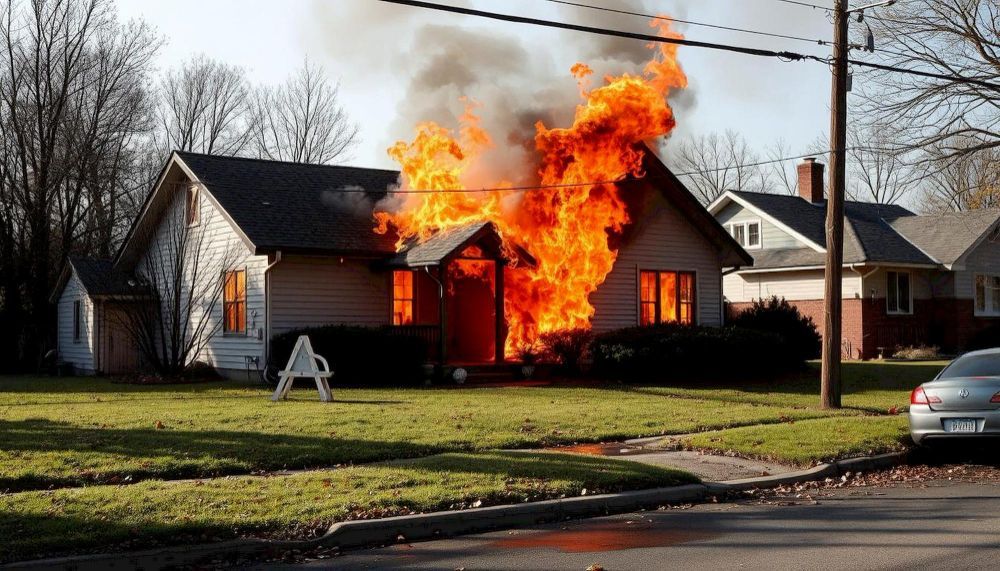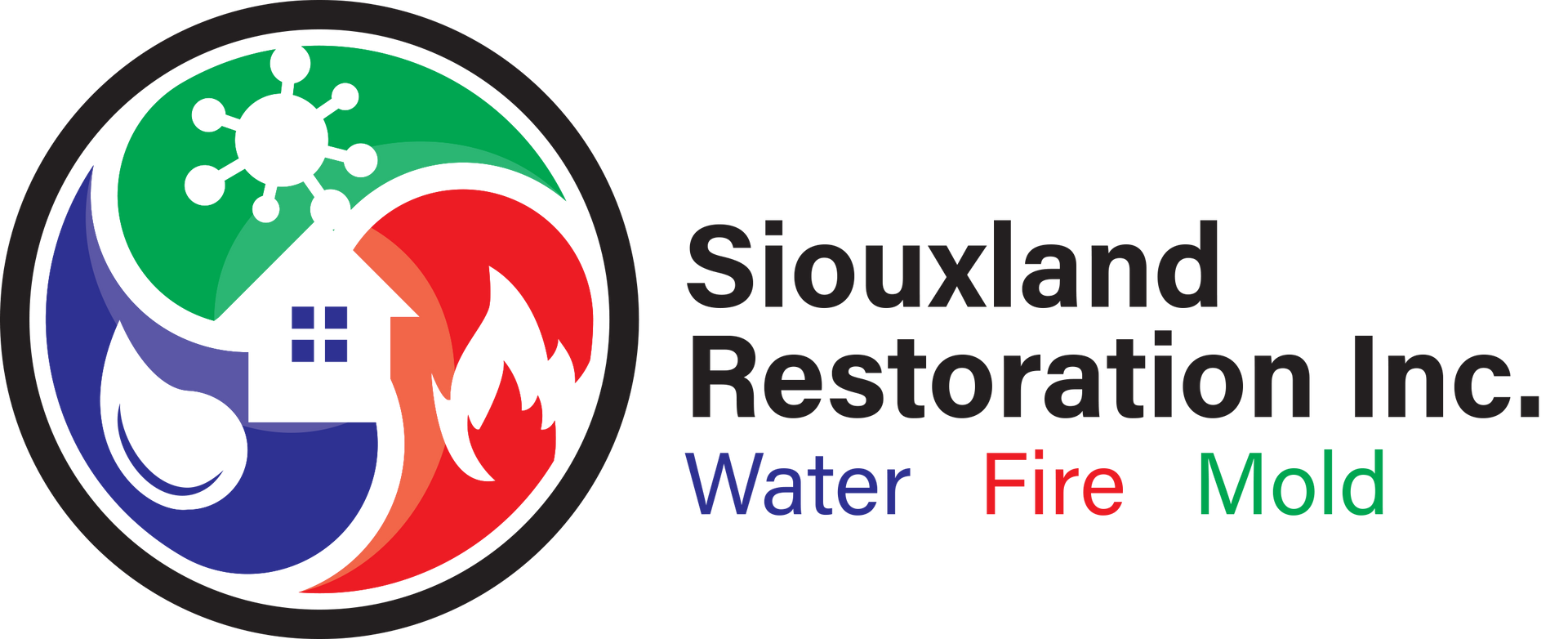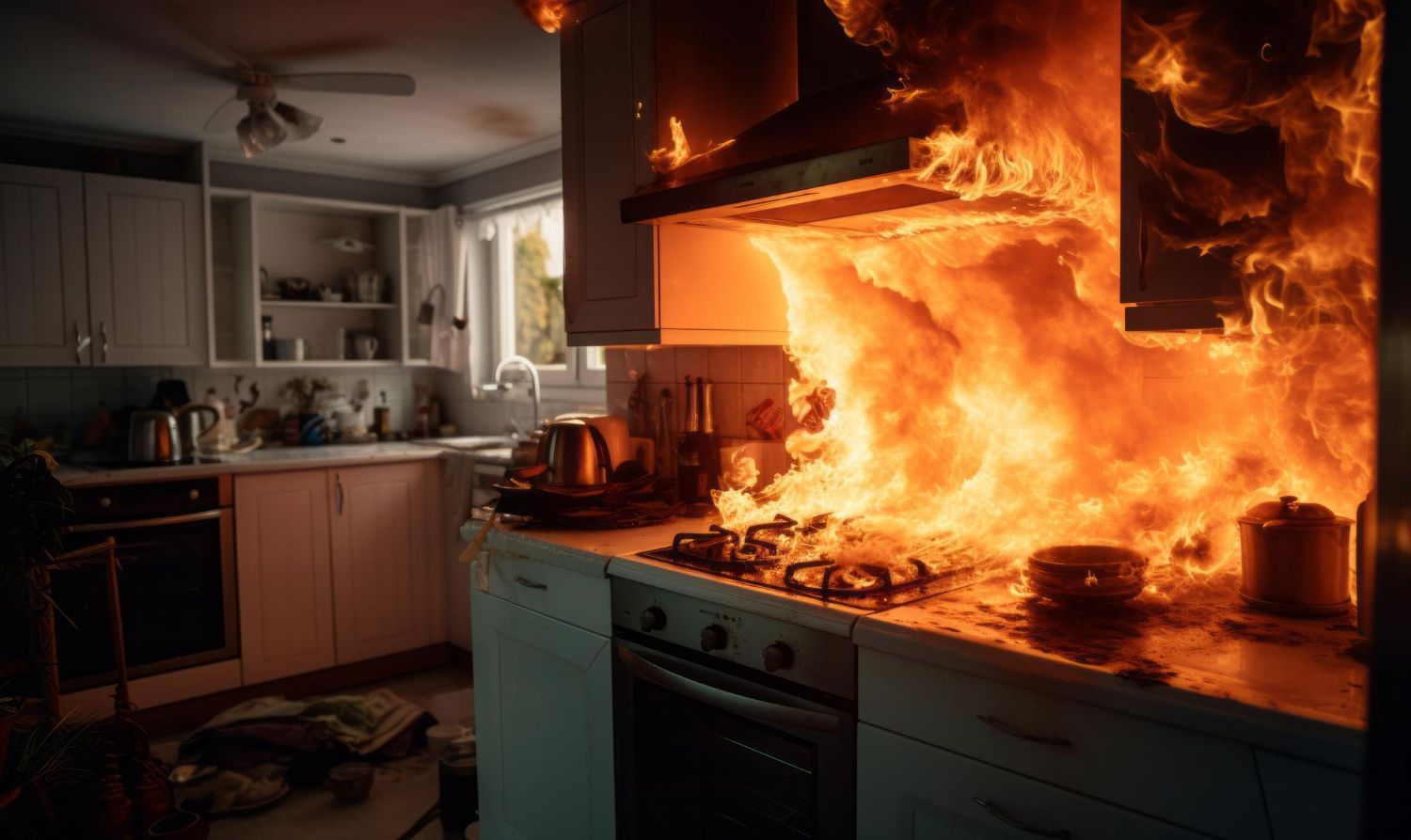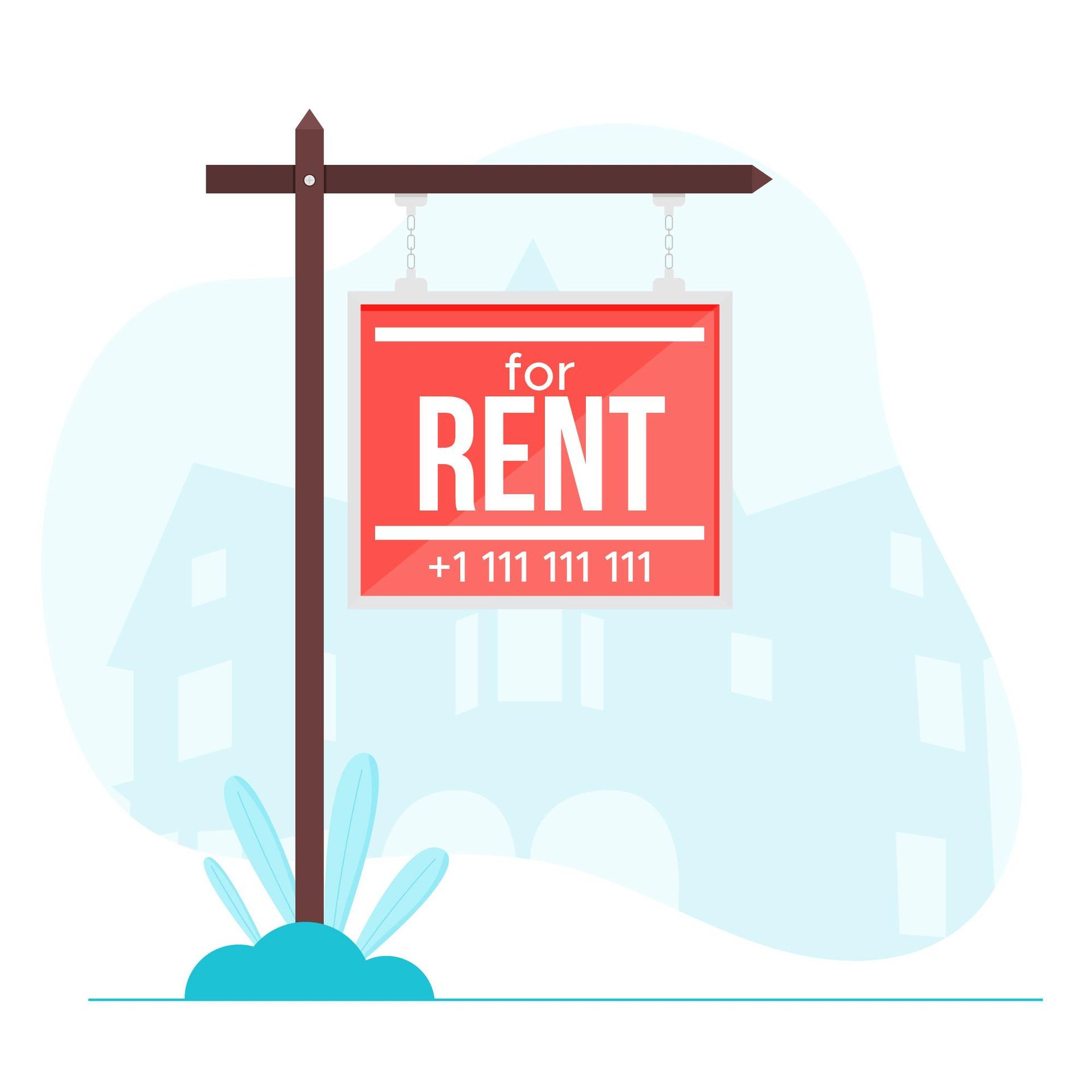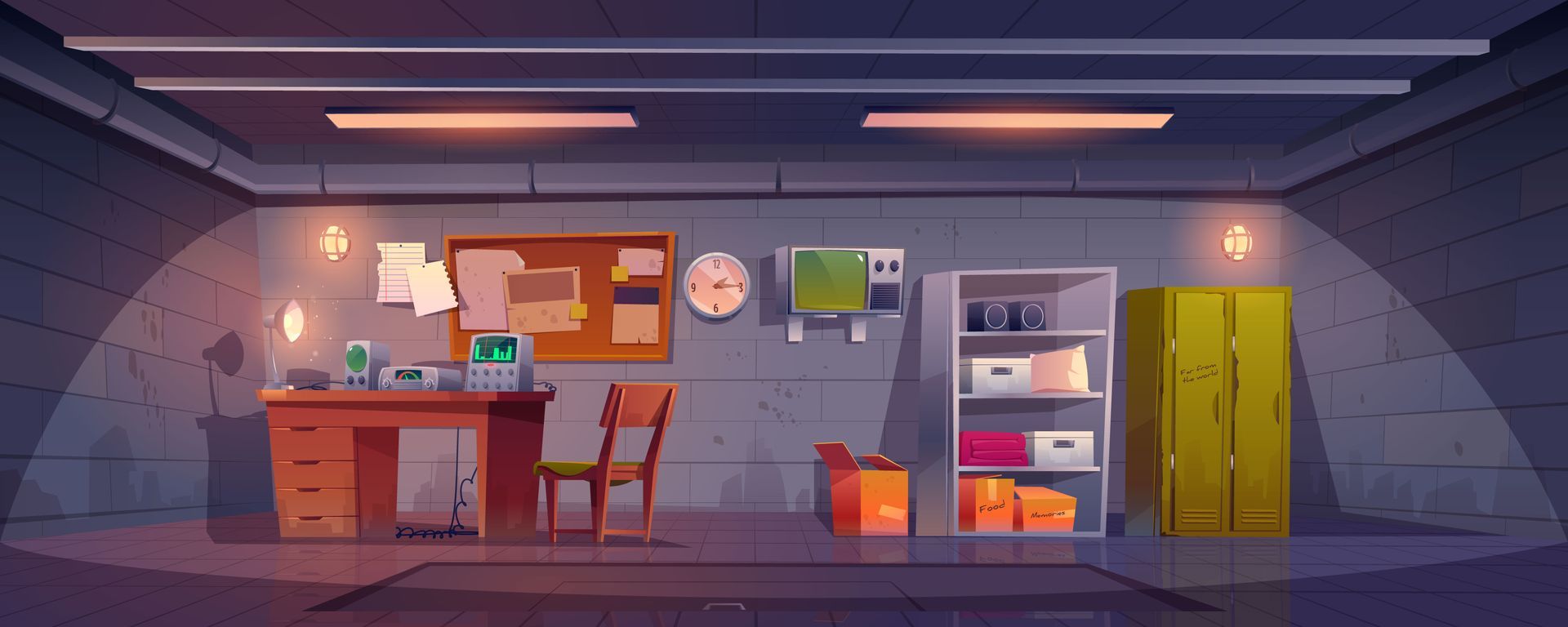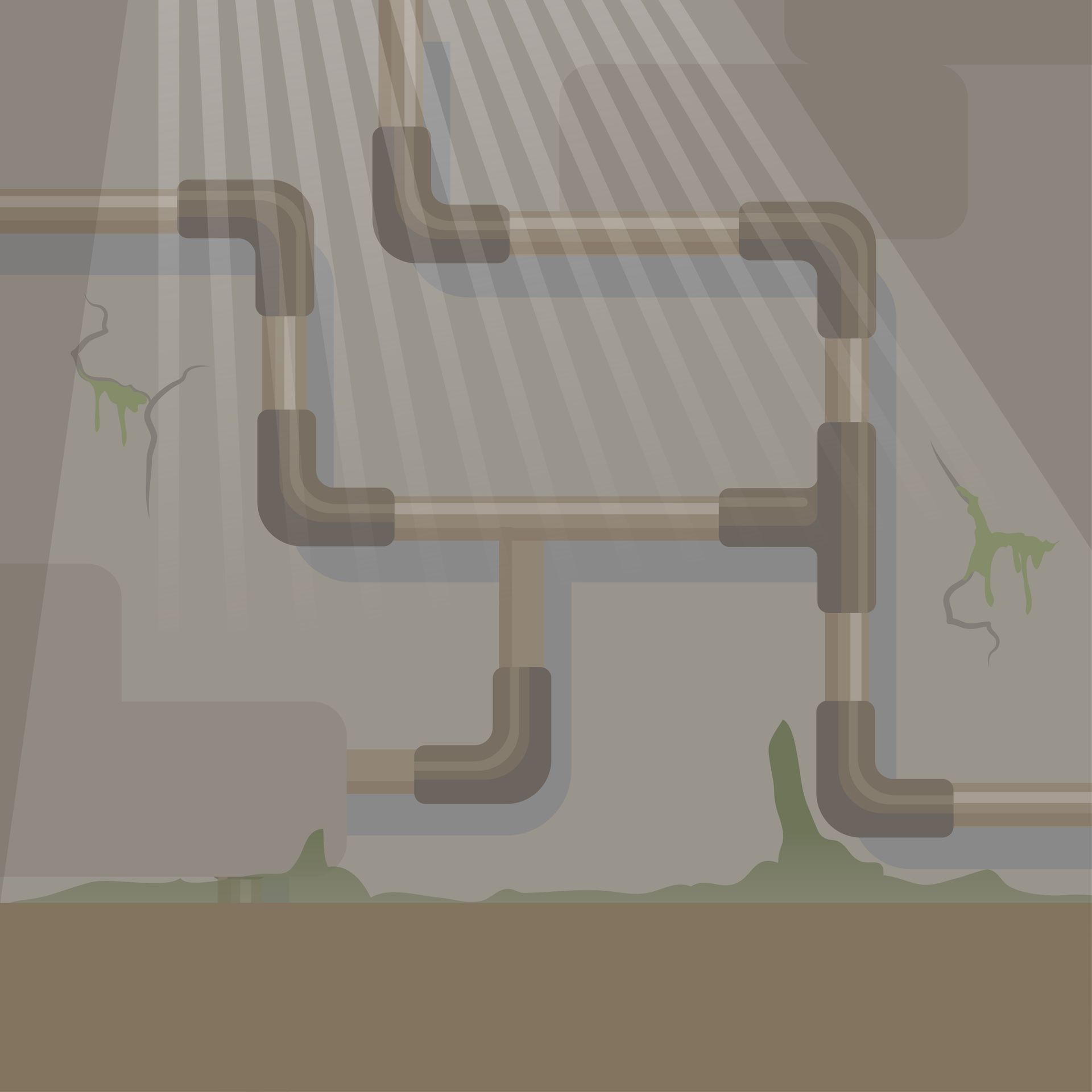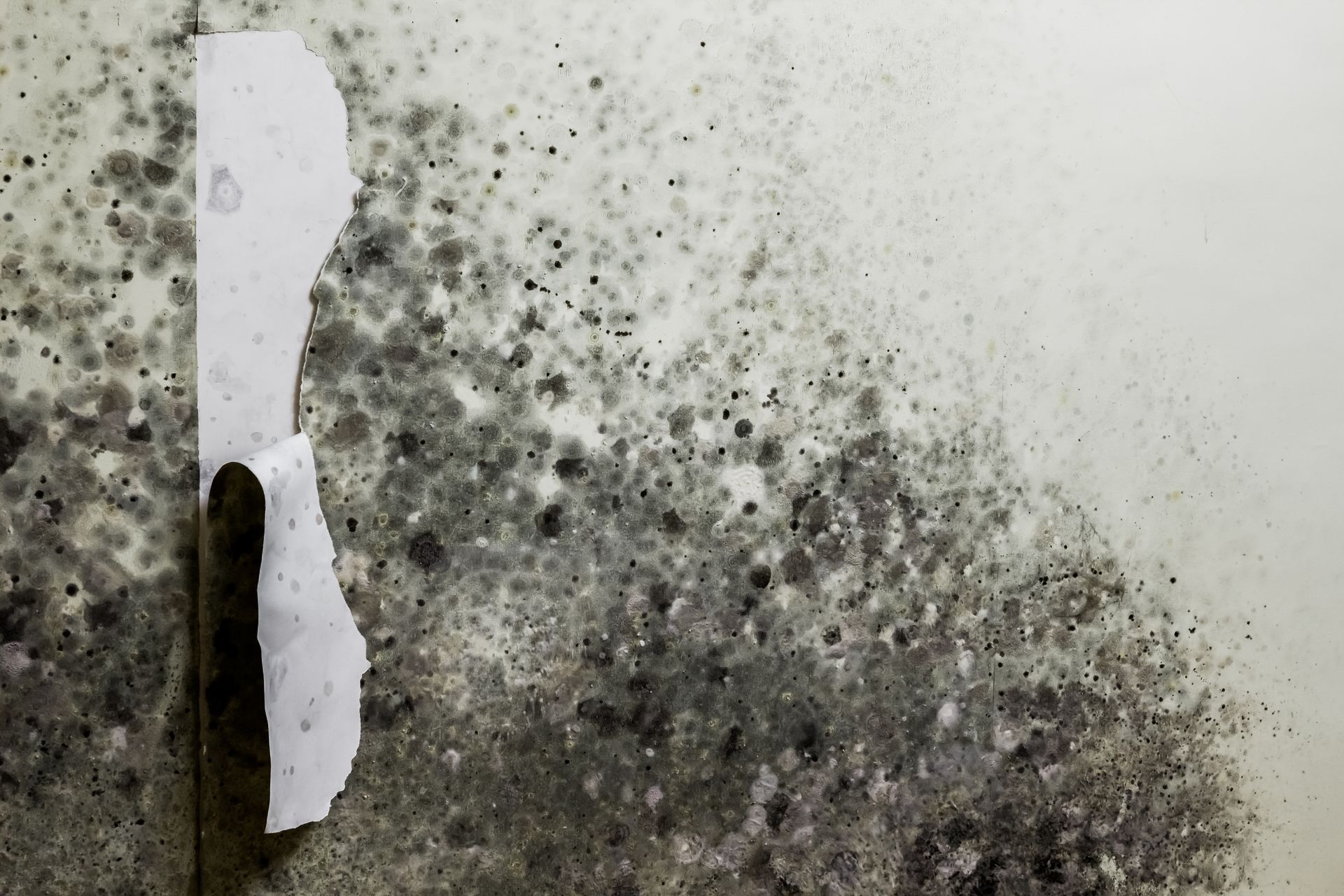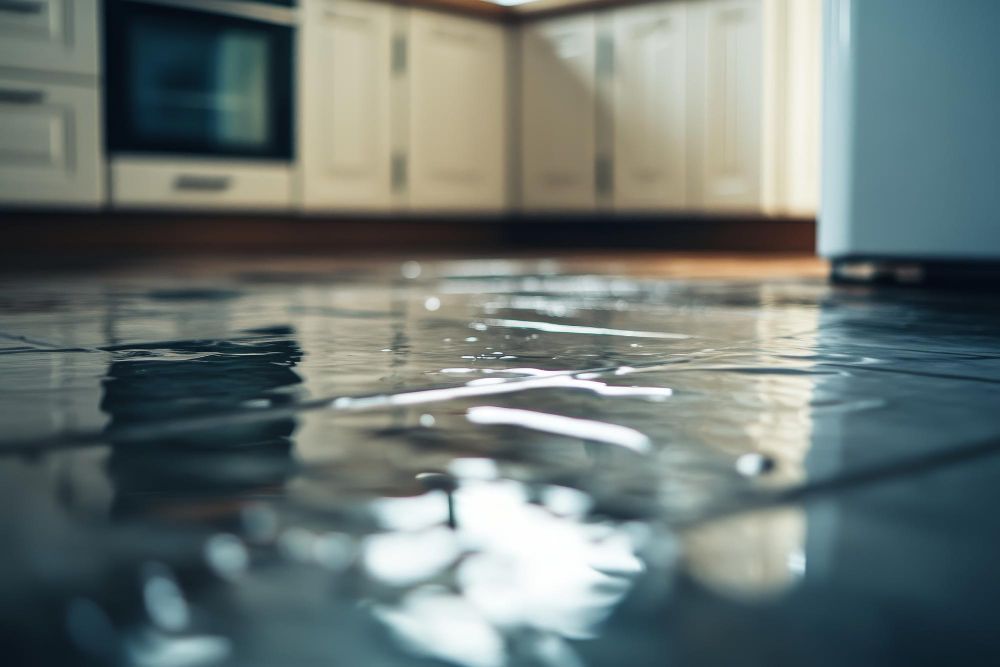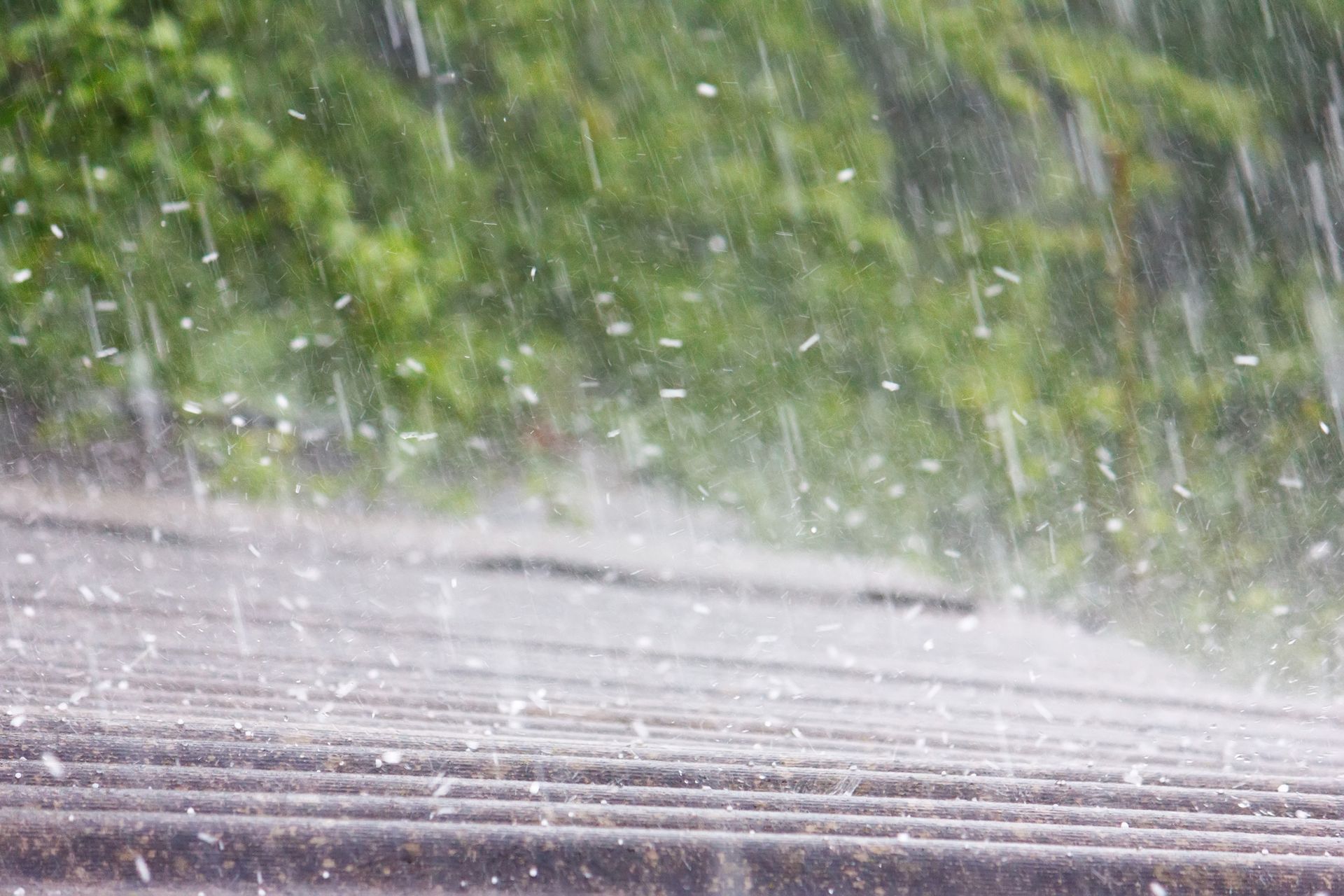The Cost of Mold Remediation
The Cost of Mold Remediation: What Factors Affect the Price?
-Sioux City, IA
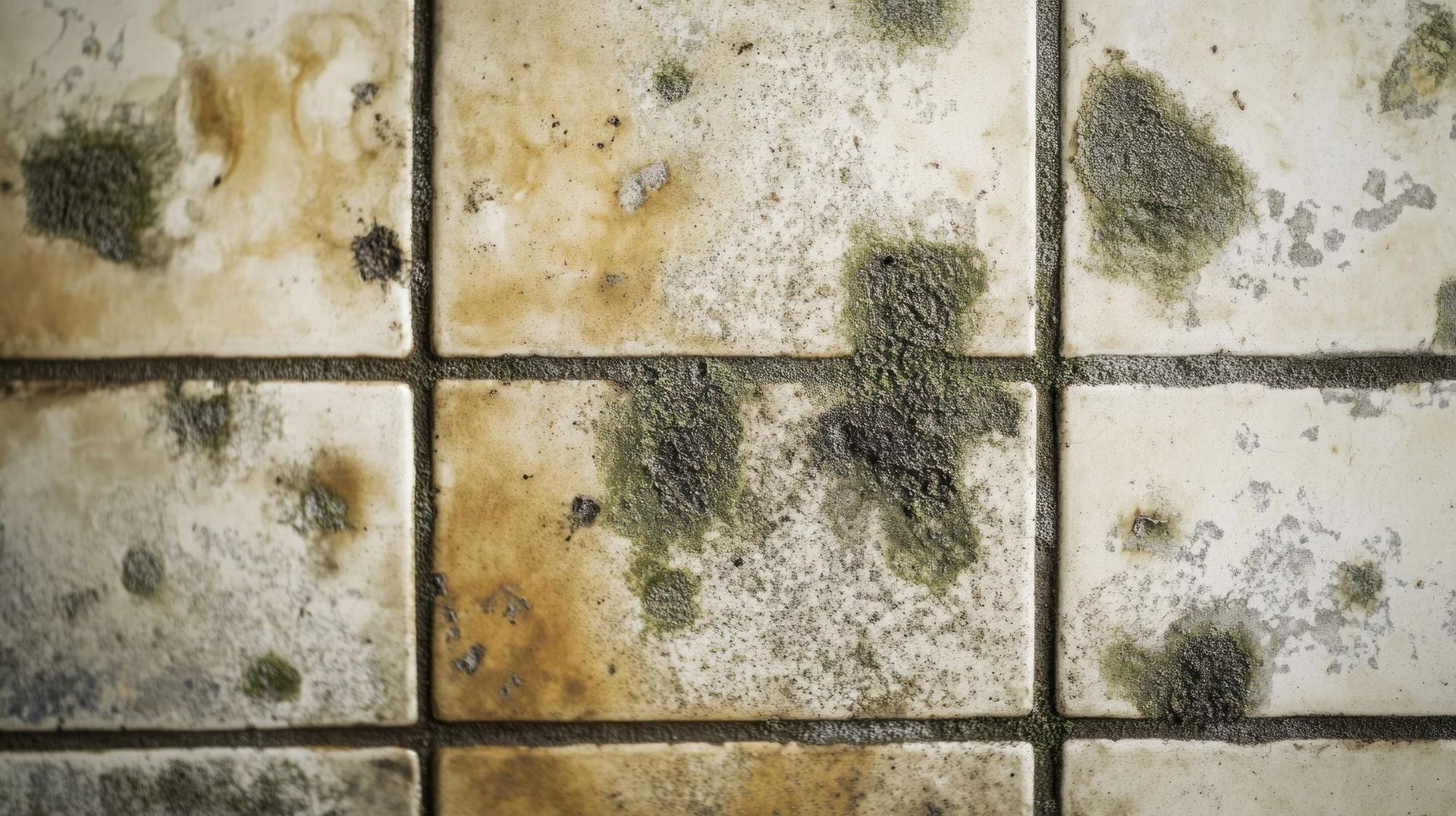
Mold growth in your home or business can cause serious health problems and structural damage if not addressed promptly. At Siouxland Restoration Inc., located in Sioux City, IA, we understand that the cost of mold remediation is a key concern for many of our clients. Mold remediation costs can vary significantly depending on several factors. In this blog post, we’ll break down the key elements that influence the price of professional mold removal.
1. Extent of Mold Growth
The size of the mold-affected area is one of the biggest factors in determining cost. Small, isolated patches of mold, such as those on a bathroom wall, are less expensive to remove than widespread mold issues affecting larger parts of your property. The more square footage that’s affected, the more labor and materials are required for the remediation, which increases the overall cost.
- Small Areas (under 10 square feet): Typically more affordable, especially if mold is confined to a specific spot.
- Large Areas (over 100 square feet): This requires more extensive removal procedures, potentially increasing costs significantly.
2. Type of Mold
Not all molds are created equal. Some types of mold are relatively harmless, while others, like black mold (Stachybotrys chartarum), are toxic and require special handling. The type of mold influences the remediation approach, with more hazardous mold types necessitating stricter safety protocols, specialized equipment, and protective measures—resulting in higher costs.
3. Location of the Mold
The location of the mold within your property also affects the price of remediation. Mold hidden in hard-to-reach areas like behind walls, under floors, or in your HVAC system can be more costly to address than mold that is easily accessible. The more difficult it is to access the mold, the more time and effort it will take to remove, which translates to higher costs.
- Crawl Spaces, Attics, and Basements: Mold remediation in these spaces can be complex and may involve additional safety measures or specialized equipment.
- HVAC Systems: Mold in your ventilation system can spread throughout your property, requiring thorough cleaning and ductwork inspection, which can increase costs.
4. Water Damage Source
Mold growth is often caused by excess moisture from water damage. If the source of the water damage—such as a leaky pipe or roof—has not been repaired, addressing that issue is critical for preventing mold from returning. If water damage repairs are necessary, they will add to the overall cost of the remediation process.
- Plumbing Repairs: Fixing leaking pipes or water heaters will factor into the final cost.
- Roof and Window Leaks: Mold caused by roof or window leaks may require additional repairs to stop moisture from entering.
5. Containment and Safety Measures
Mold remediation involves not only removing visible mold but also ensuring the mold spores do not spread to other areas of the property during the removal process. Professional mold remediation companies like Siouxland Restoration Inc. use containment barriers, negative air pressure, and air scrubbers to prevent contamination. These additional safety measures can add to the cost but are essential for ensuring a thorough and safe remediation process.
6. Level of Damage
In some cases, mold damage can be severe enough to affect the structure of your home or business. For example, mold can weaken drywall, wood, and even insulation. The cost of repairing or replacing damaged materials can significantly affect the overall price of the remediation project. If materials like drywall or insulation need to be replaced, it will increase labor and material costs.
- Minor Damage: If the mold has not caused significant structural damage, costs will remain lower.
- Major Damage: If large areas of drywall, flooring, or wood must be replaced, remediation costs will increase accordingly.
7. Post-Remediation Testing
Once the mold remediation process is complete, it’s often advisable to conduct post-remediation testing to ensure that all mold has been effectively removed. This step involves air quality testing and surface sampling to confirm that the mold levels are safe. While not always required, this testing provides peace of mind and can be an additional cost to consider.
8. Labor and Experience
The expertise and certifications of the mold remediation company you choose will also influence the cost. Companies with specialized training, certifications, and years of experience may charge more for their services but offer higher quality and more reliable results. Siouxland Restoration Inc. prides itself on using certified professionals to handle all mold remediation projects, ensuring the safety of your property and your health.
How Much Does Mold Remediation Typically Cost?
On average, mold remediation can range from $500 to $6,000 or more, depending on the factors discussed above. For smaller, less severe cases, costs may stay on the lower end of this range, while larger, more complex projects may require a more significant investment.
- Small Jobs (up to 10 square feet): $500 to $1,500
- Medium Jobs (10-100 square feet): $2,000 to $4,000
- Large Jobs (over 100 square feet): $4,000 to $6,000 or more
Conclusion
Mold remediation is an essential investment in the safety and well-being of your home or business. While the cost can vary based on the factors mentioned above, the benefits of professional mold remediation far outweigh the potential long-term consequences of leaving mold untreated.
At Siouxland Restoration Inc., we are committed to providing top-quality mold remediation services at competitive prices. If you suspect mold in your property, don’t hesitate to contact us for an inspection. Our team will work with you to create a customized remediation plan that fits your needs and budget.
